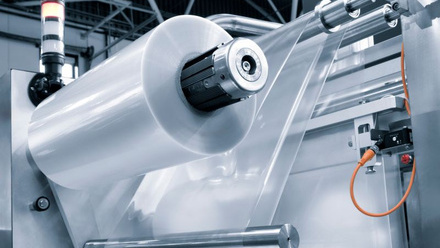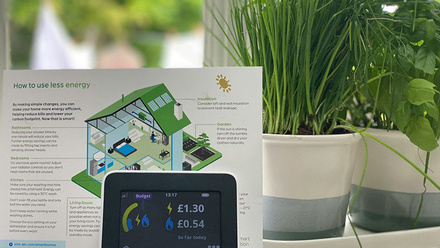To biodegrade or not to biodegrade?
Iain Ferguson FIMMM, Environment Manager at food retailer Co-op, offers his perspective on biodegradable plastic materials.

Last October, the British Standards Institution launched a new Publicly Available Standard – PAS 9017 Plastics Biodegradation of polyolefins in an open-air terrestrial environment. This was followed swiftly by an open letter from leading UK bodies, including major retailers, calling for a ban on oxo-degradable plastics, including those covered by the PAS.
While making polyolefins biodegradable sounds ideal, many people are passionately against these developments. Why is this?
Littering
Pro-degradant containing plastics are often proposed as a solution to littering i.e. if polyolefins with these additives are discarded, they will ‘disappear’ – problem solved. However, it’s not as simple as that. These materials are claimed to break down in a period of about two years. However, a piece of packaging lying around for even a day is litter – two years is too long for this technology to solve the issue.
A business using this technology will want to shout about it, probably with a biodegradable claim. However, compliance with ISO 14021 requires an explanation of biodegradation conditions and an indication of timescale. Even if a business does not use that claim, another company may, which could prompt the original business to re-evaluate and possibly add a claim, despite the PAS not being meant to provide a basis for a claim.
Once the public sees a claim for biodegradability, many will be less concerned about littering, potentially leading to more littering.
Just as concerning is that some consumers may think these ‘biodegradable’ materials can go into food waste collections. After all, they can use compostable liners. Such materials in areas where the food waste goes to composting will increase plastic contamination, and could lead to rejection of food refuse, resulting in it being sent to landfill.
Recycling
Many companies that make pro-degradant additives have test results showing their materials are recyclable. Similarly, one could say that a carbon black coloured plastic tray can be recycled as one can chop it up, remelt and reform it. However, that is only technical recyclability. Recycling in practice is a chain of events, expressed in five tests for recyclability. Failure to pass any of these tests means the material is not practically recyclable. These tests are:
- Can the consumer recognise the packaging as recyclable?
- Is the packaging collected for recycling? The threshold is collection by more than 75% of local authorities.
- Can the packaging be sorted?
- Can the packaging be made into something new?
- Is there an end-market for the material?
A carbon black coloured plastic tray fails on test 2 and test 3. The technology to sort carbon black trays is not widely available, and alternative colourants means little incentive to adopt it. That means that the labelling on the pack is likely to say, ‘Don’t recycle’, meaning a fail on test 1. Result – a technically recyclable material becomes practically unrecyclable.
End-users of the plastic have concerns about the impact of pro-degradants and won’t accept them. Premature failure in long-life products could have significant adverse consequences. That means no end-market for pro-degradant additive-containing recyclate, meaning a fail on test 5, leading to a fail on test 3 – sorting systems cannot remove pro-degradant containing materials. This means a fail on test 1 with the packaging labelled ‘Don’t recycle’. Result – a technically recyclable material becomes practically unrecyclable.
This is reflected in the RecyClass assessment method for recyclability and in Recyclability By Design from Recoup.
Furthermore, a company receiving post-consumer, pro-degradant containing material for recycling won’t know the material’s age nor the degree of chain scission, and therefore the impact on the subsequent product’s technical properties. Any ‘recycle by’ date is irrelevant because inspection is impractical.
Even relatively small uptake of oxo-degradable or ‘biotransformational’ materials has the potential to reduce confidence among end-users of recyclate, damaging UK recycling. The result could be less packaging being recycled, jeopardising the ability to hit government recycling targets, pushing up the cost of packaging recovery notes (PRNs) as evidence of recycling for the Packaging (Producer Responsibility Obligations (Packaging Waste)) Regulations.
What can we do about this?
Most polyolefin production is used in packaging, and the eight largest UK retailers comprise nearly 92% of the market. Therefore, the logical first point of contact – before spending money on R&D – would be those retailers’ packaging technologists. Anyone involved in developing materials, investing, giving grants, or developing test standards should consult those retailers and make use of their knowledge, insights and contacts. Developments are then more likely to be viable and less controversial. The signatories to the open letter include representatives of many of those companies.
These businesses are not against progress, but they want developments that result in real progress avoiding problems elsewhere. These businesses don’t always get things right, but they do genuinely try.







